When hiking through the nearby forests, I often come upon moss covered stone walls. I marvel to think of the sheer muscle it took for the farmers, even with the help of their cattle or horses, to wrest the stones off their fields, cart them to the construction site, and hoist them on top of one another in such a way that they still stand today.
These hardy folks often made the walls to corral their animals—mostly sheep--but it also had the added benefit of offering a neat place to put all those darn rocks. Here’s an interesting piece of trivia—In 1840 there were 600,000 sheep in New Hampshire which is two sheep for every human being.
Although these stone walls are mostly found in the woods, I know that when they were laid, the land was clear cut with only an occasional wolf tree in sight. Nature has reclaimed the land which has mostly gone back to the natural forest but with a big difference—now there are thousands of miles of stone walls meandering through the woods. Raccoons, skunk, porcupines, and weasels make comfy winter dens in among the rocks. I’ll bet the farmers hunted those animals for dinner and would probably shake their heads to learn that all their hard work has resulted in sanctuaries for those once hunted critters. They would be completed baffled if someone in the 1800’s told them people are going to write blogs about their stone walls in 200 years.
These hardy folks often made the walls to corral their animals—mostly sheep--but it also had the added benefit of offering a neat place to put all those darn rocks. Here’s an interesting piece of trivia—In 1840 there were 600,000 sheep in New Hampshire which is two sheep for every human being.
Although these stone walls are mostly found in the woods, I know that when they were laid, the land was clear cut with only an occasional wolf tree in sight. Nature has reclaimed the land which has mostly gone back to the natural forest but with a big difference—now there are thousands of miles of stone walls meandering through the woods. Raccoons, skunk, porcupines, and weasels make comfy winter dens in among the rocks. I’ll bet the farmers hunted those animals for dinner and would probably shake their heads to learn that all their hard work has resulted in sanctuaries for those once hunted critters. They would be completed baffled if someone in the 1800’s told them people are going to write blogs about their stone walls in 200 years.

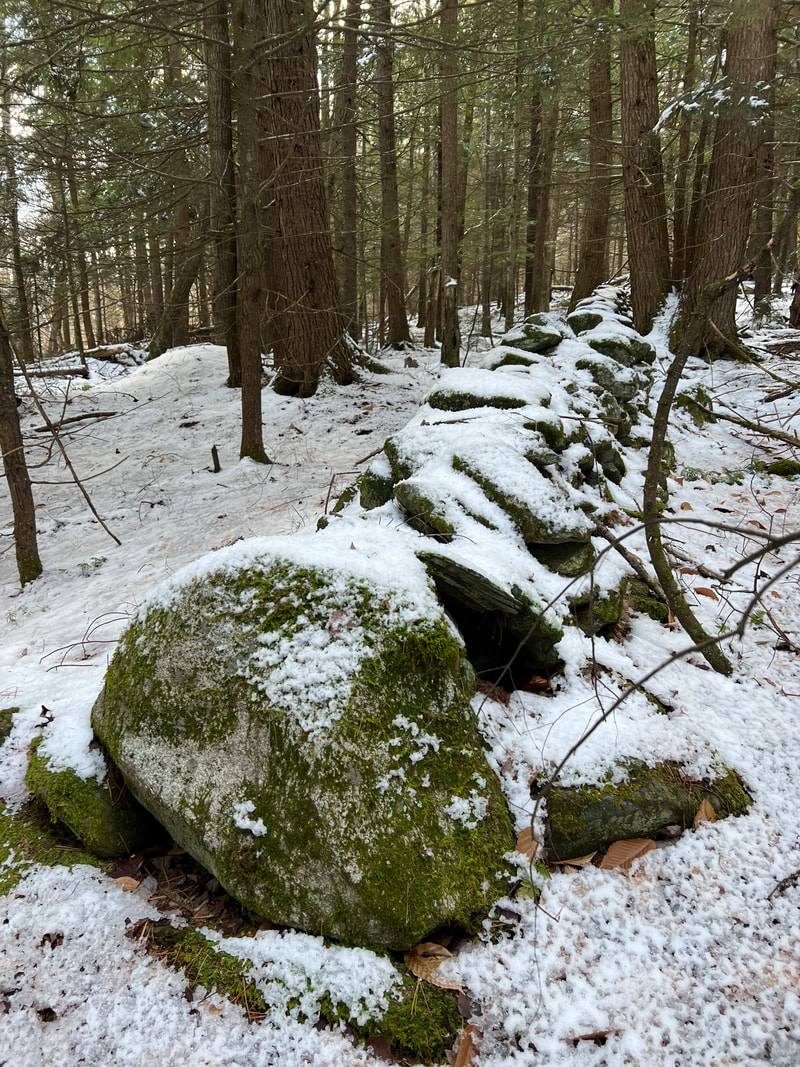
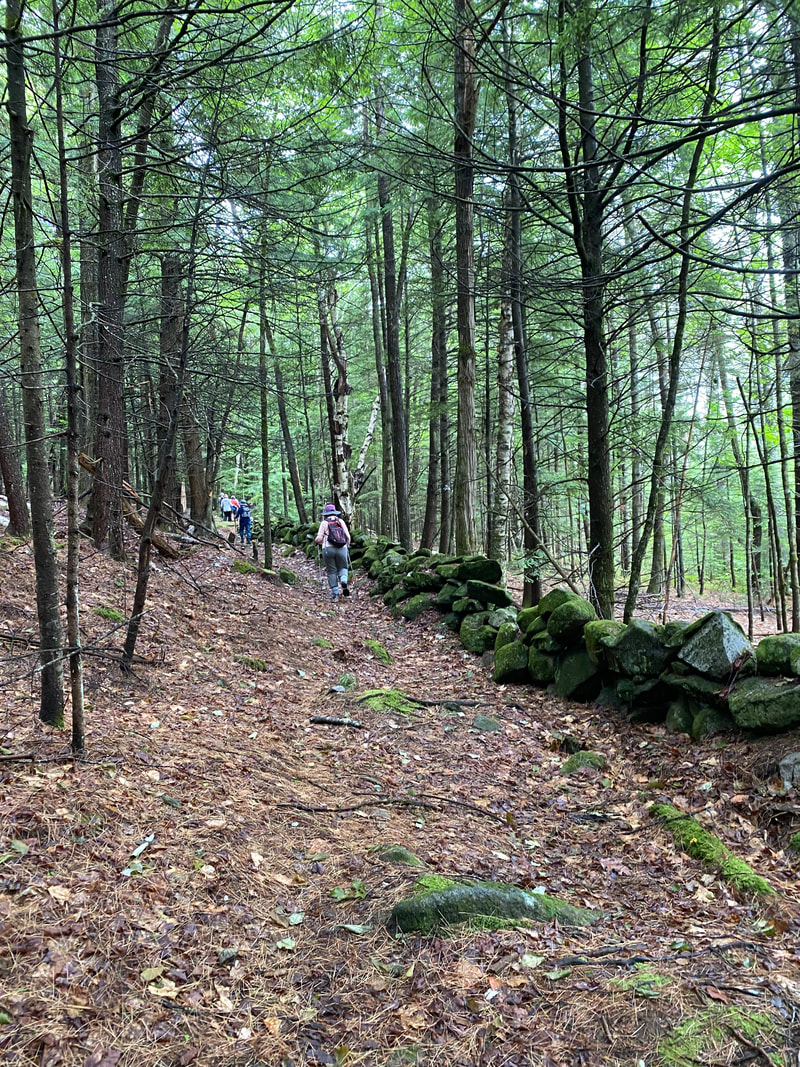
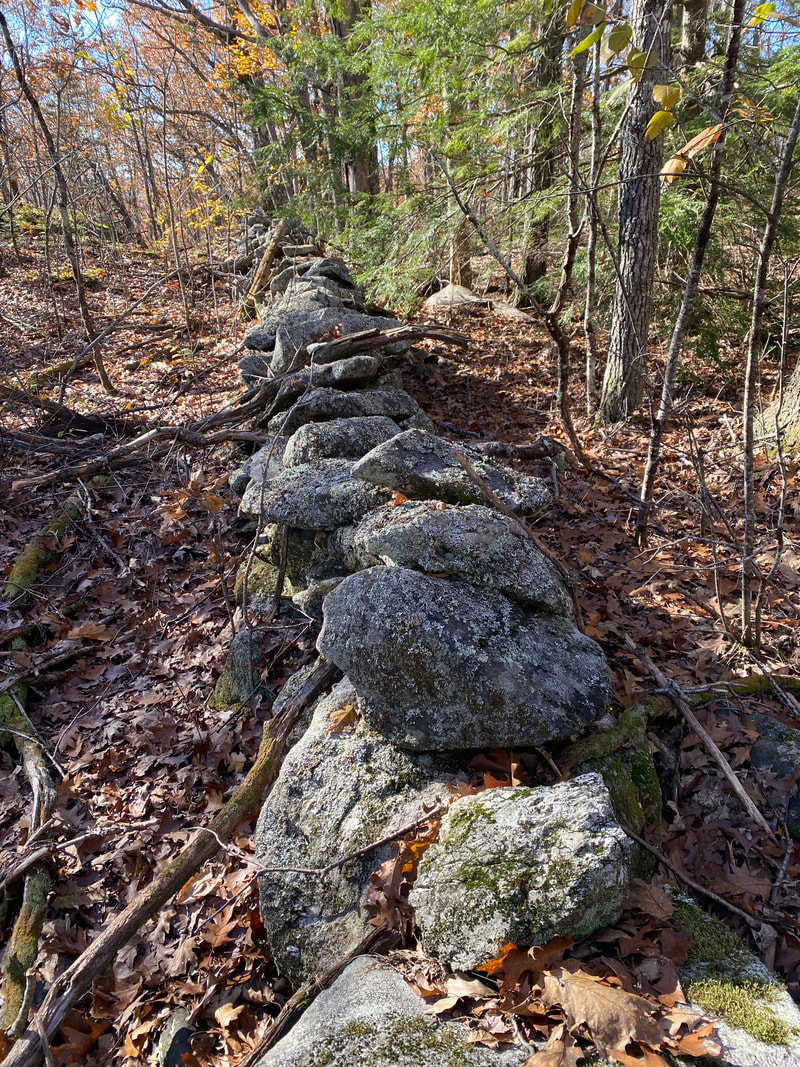
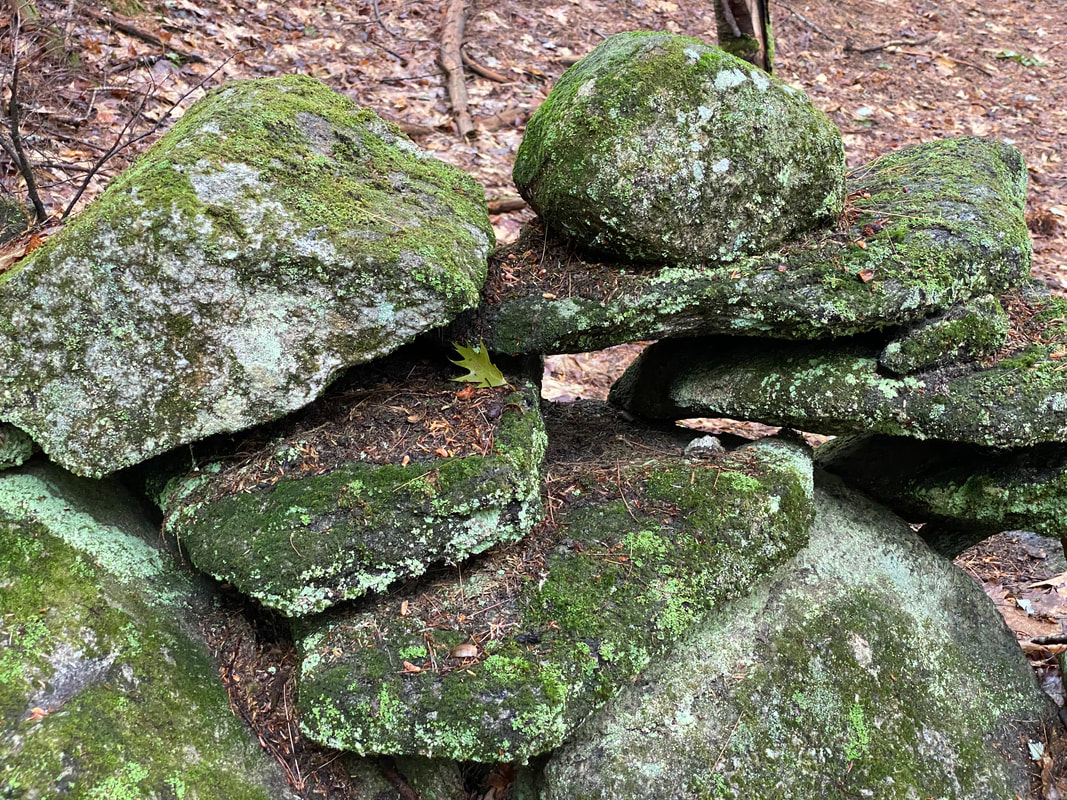
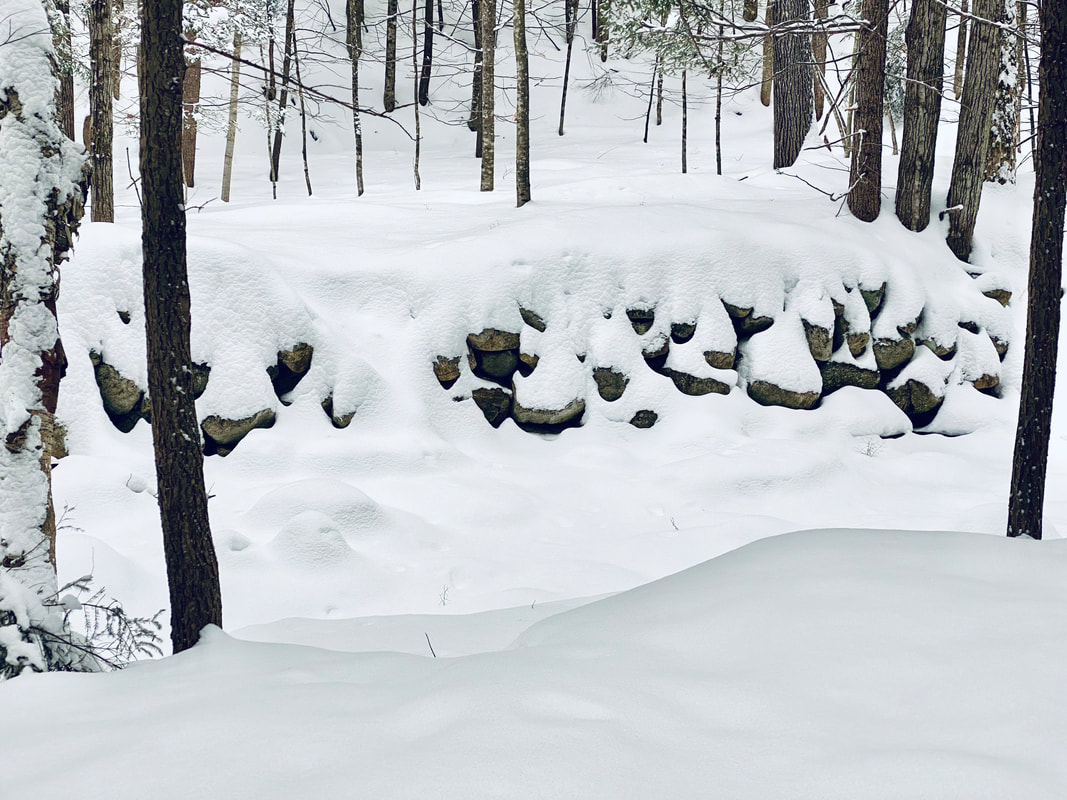
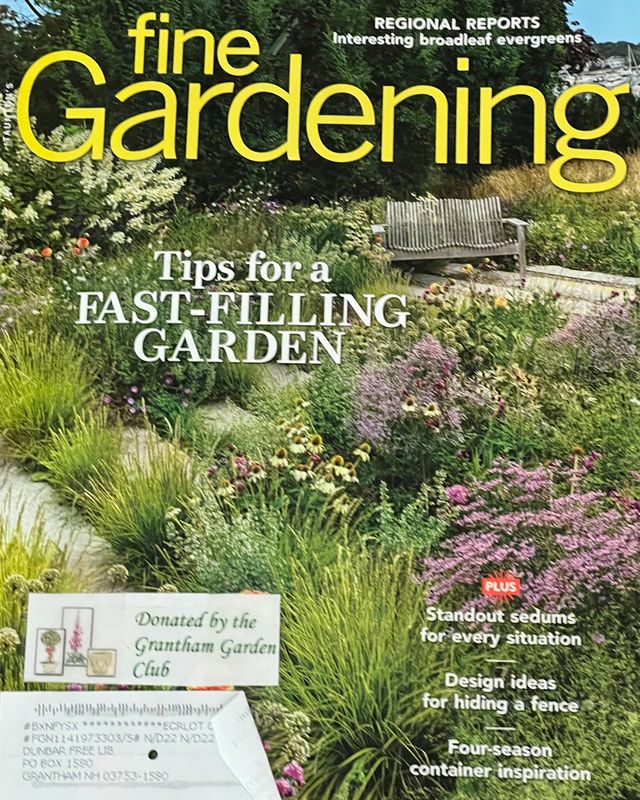

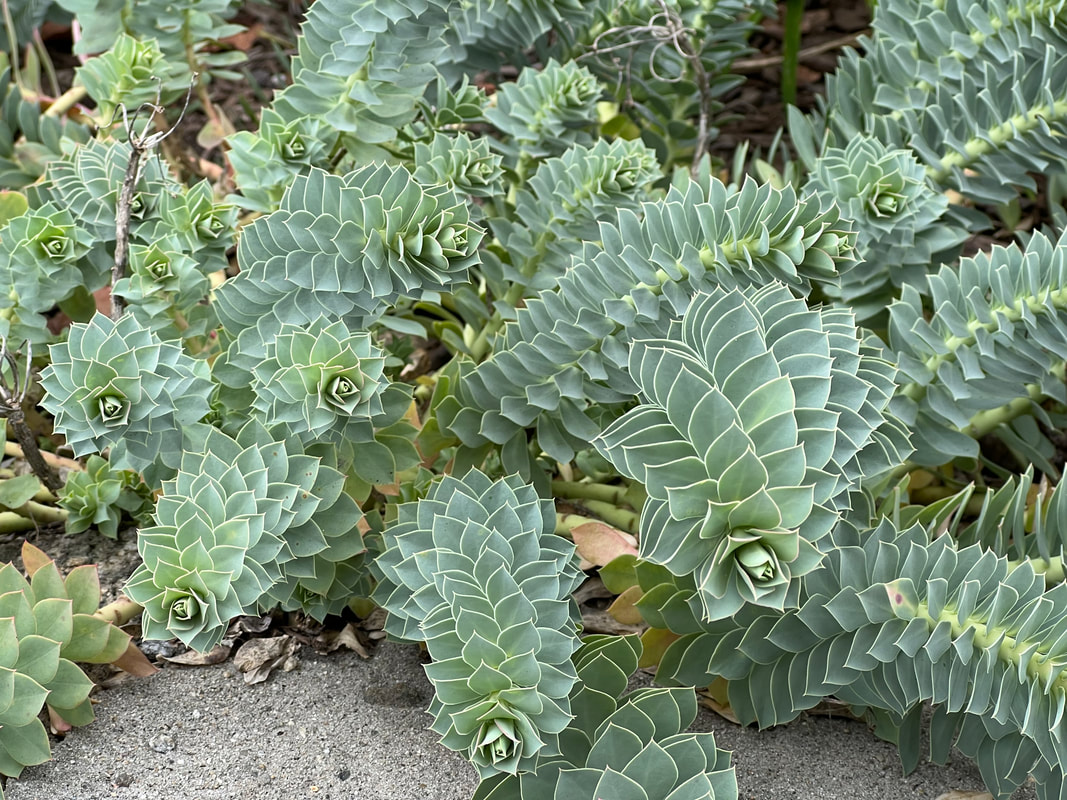
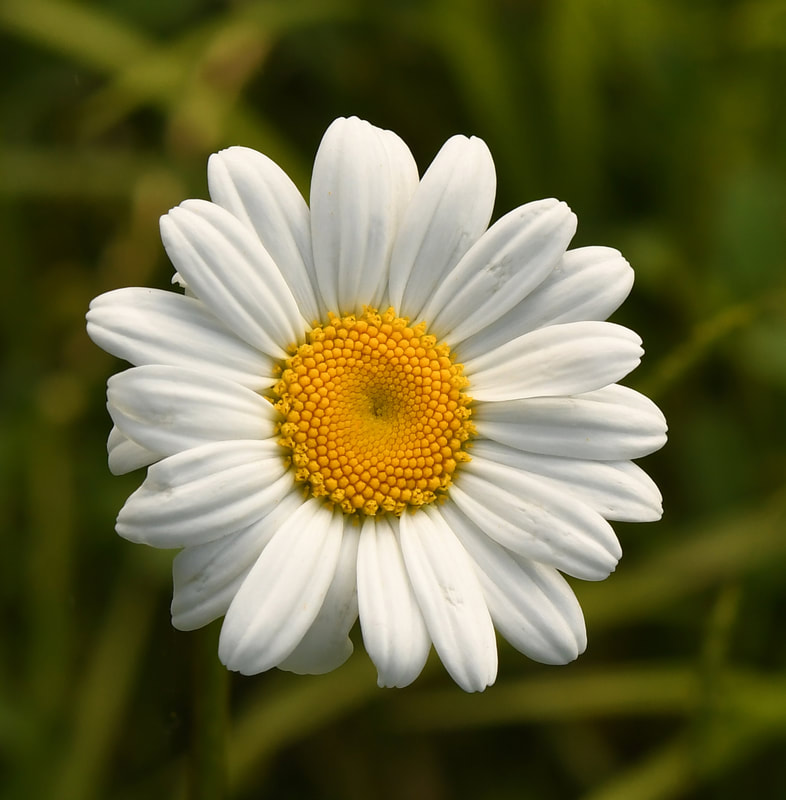
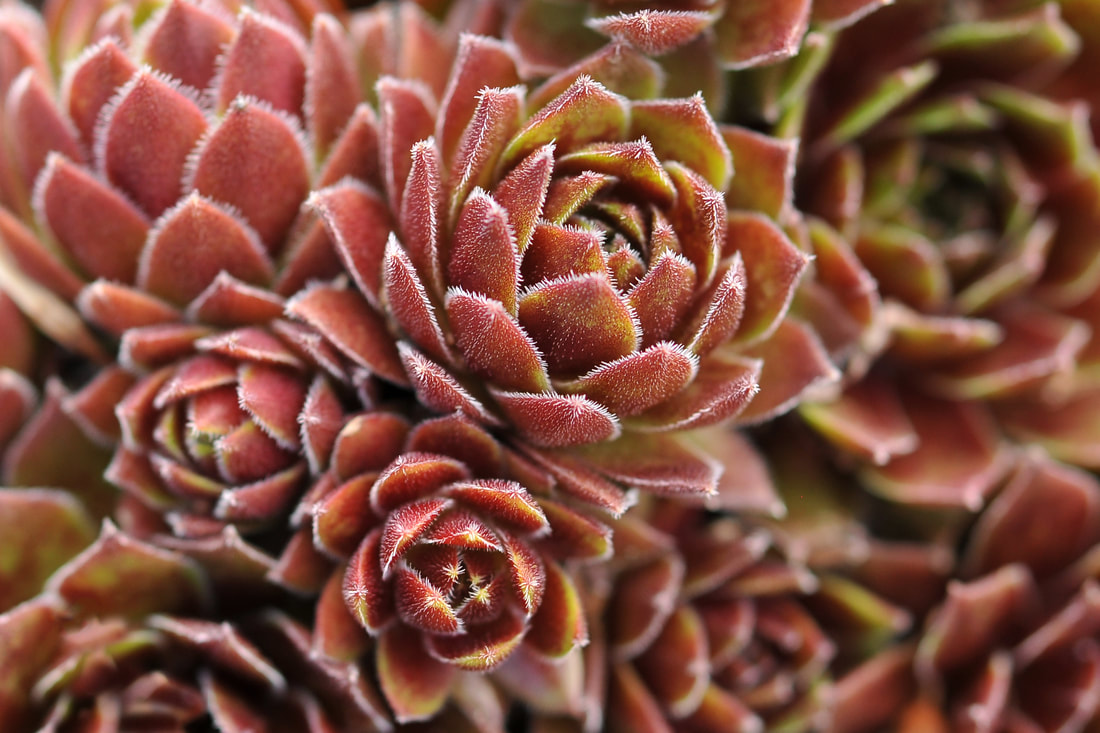
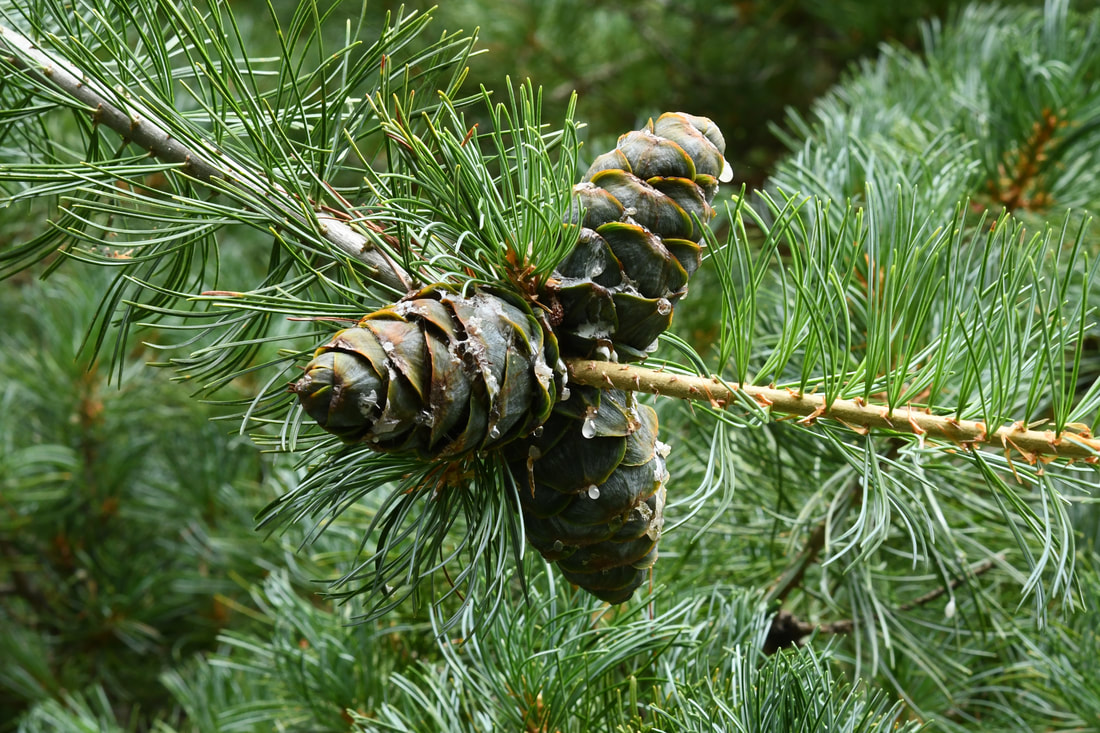
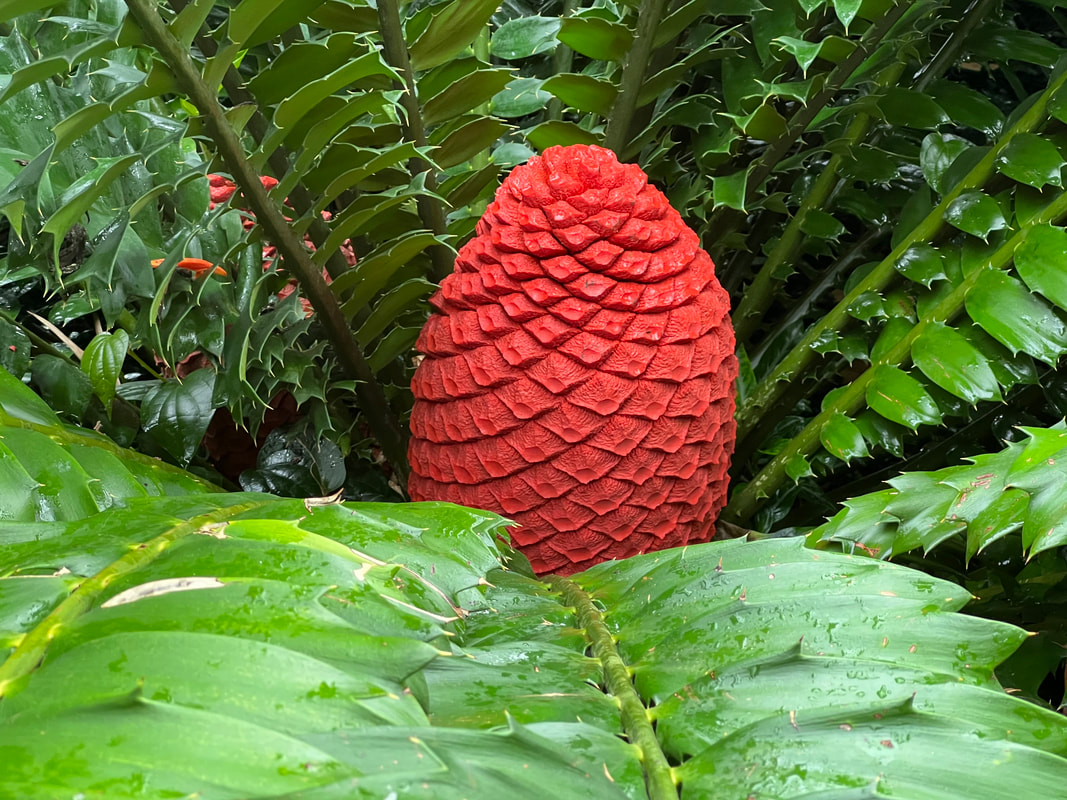
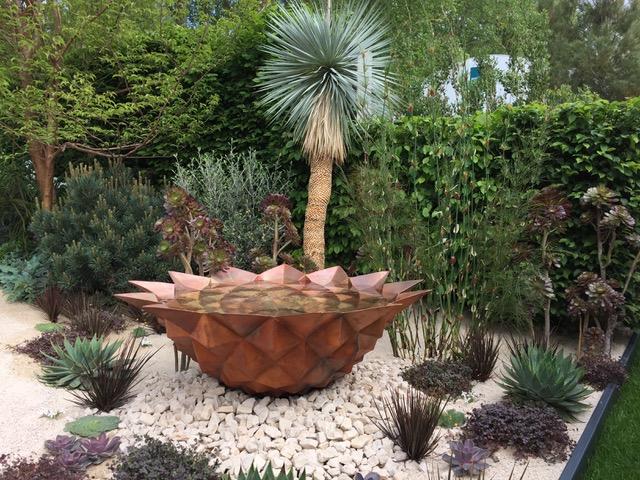
 RSS Feed
RSS Feed